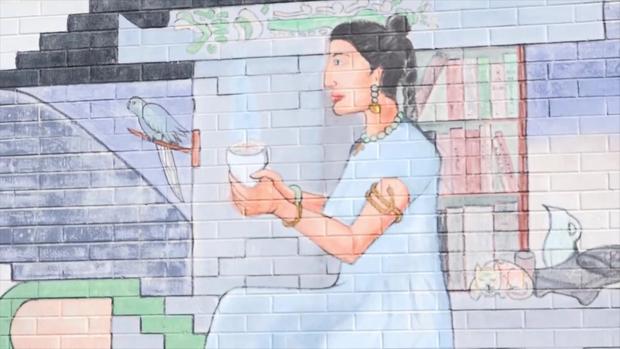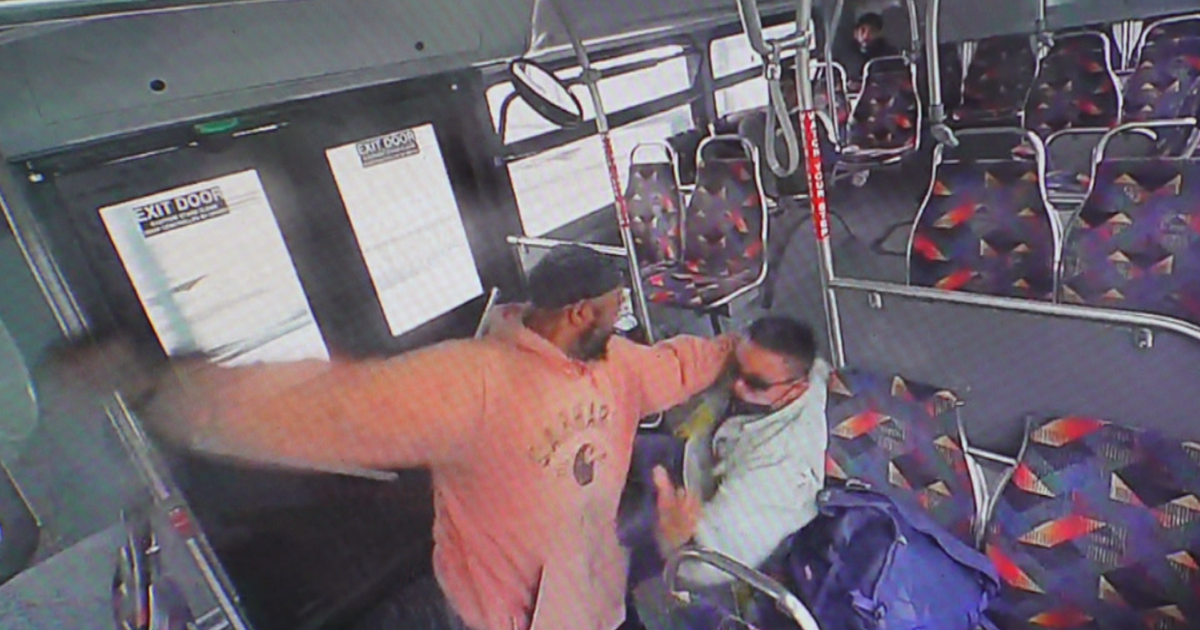Push Is On To Preserve Murals Highlighting Mexican Heritage In Denver Area
DENVER (CBS4) - Murals across Colorado capture the character of a community and its heritage with roots to the Mexican Renaissance. The artists who created works around the city worked with and were inspired by some of the greatest muralists of Mexico but decades later, the Chicano/a Murals of Colorado Project is fighting to preserve and protect this art.
"The meaning of these murals and what they mean to our community, how important they are, they represent our identity," said Lucha Martinez de Luna, the director of the project and an associate curator at History Colorado. "With gentrification, a lot of people are leaving these communities and being forced out. It means there is no connection."
Her father was a pioneer of the mural movement in Colorado, studying under Siqueiros in Mexico. Known as one of "The Big Three" or "Los Tres Grandes" of Mexican murals; Siqueiros, Diego Rivera, and Jose Clemente Orozco are just some of the artists celebrated in the current exhibition at the Denver Art Museum, Mexican Modernism. The show helps to highlight the style and culture that can still be seen in the public walls around Denver almost a century later.
"These artists not only have great talent, they have a story to tell and a message and a need to tell that message," said Becky Hart, the Vicki and Kent Logan Curator of Modern and Contemporary Art at the museum.
Martinez de Luna said while murals were always under threat, the loss of this type of art in the last 10 to 15 years has increased significantly along with rapid development in the metro area. Murals fade on their own and need attention, but the artists responsible for the Chicano/a art are still alive and can restore their work.
"The act of actually painting over a mural is essentially to me equivalent of cultural erasure," she told CBS4 on a video conference call. "You're erasing a culture, a heritage, from a landscape, from an urban landscape and that cannot be retrieved."
Gentrification is a new challenge because the murals are located in historically marginalized communities that are now desirable neighborhoods. She explains that the people who have the greatest connection to the murals have moved away and the new residents and developers do not have the same attachment.
"Seeing art, but seeing our faces in the art, that was so symbolic, especially when marginalized communities that are often kind of pushed aside, their history is not considered relevant to the larger story," Martinez de Luna said on Thursday.
The need to teach that history that is not covered in the classroom has motivated her to bring more awareness with the project and promote new murals in these same neighborhoods. It's a culture that captures the origins of the Spanish empire and the indigenous influence in the Americas that can be found Colorado. These walls serve as a public textbook in community spaces that are accessible to all.
"For youth, that is a very strong message. You're basically telling the youth 'You're not important to us, you don't matter,'" she said. "And when you don't see your faces in museums, or in galleries, or in history museums, you begin to wonder, "Where do we belong in this big picture?'"
Current murals tend to be temporary and an attempt to attract tourism, contrasting with the influential role they played as permanent walls giving communities a sense of place. Murals not only talked about suppressed history but also inspired a new republic in Mexico during the 1920s. The country was reconnecting to its past and joining the modern world.
The Denver Art Museum exhibition shows examples of the murals that accomplished these values in Mexico and the process to create them. Hart says that activist spirit lives on in the murals around Denver and capture the Colorado experience utilizing large, open spaces.
"It represents that community to itself, and it teaches the community, and at the same time it represents the community to others," she said Wednesday on a video conference call.
The Chicano/a murals have a specific and unique aesthetic that could be lost and the opportunity for new artists to continue that tradition is limited. But the Denver Art Museum and other organizations are commissioning new works. There will also be a civil rights memorial at La Alma Park featuring younger and older muralists. The ongoing mission to keep murals will need to be a team effort between artists and the community.
"They told the youth, they told our community, 'Yes, you are important, you have history, and it's here,'" Martinez de Luna said.





